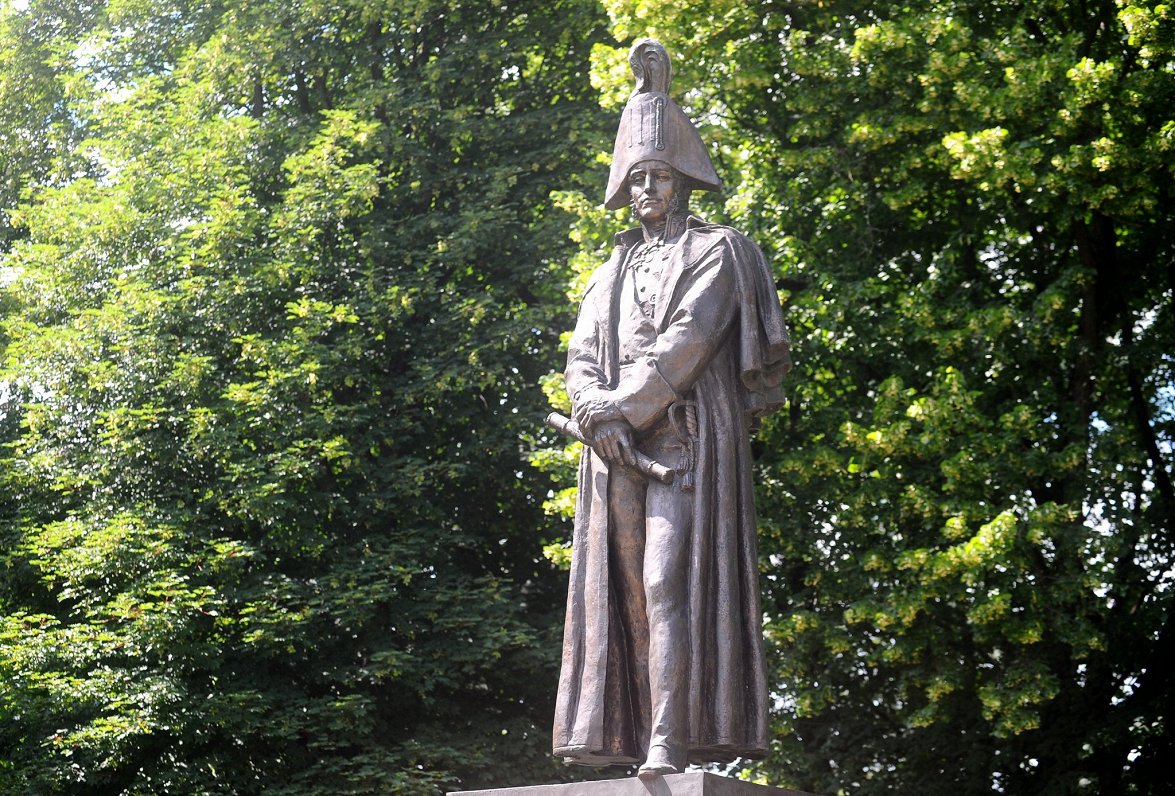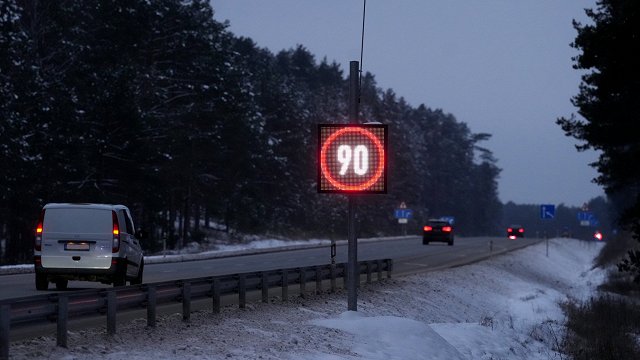Since Russia's invasion of Ukraine there has been renewed momentum to remove symbols related to the times of Soviet and Russian imperialism. The council decided August 23 not to continue discussions on the removal of the monument to the Russian general Barclay de Tolly from the Esplanade gardens beside Rīga's Orthodox cathedral.
Barclay de Tolly (1761-1818) was one of the most successul Russian generals of the Napoleonic wars. Despite his French-sounding name, he was of Baltic German and Scottish descent and rose to the rank of Field Marshal, becoming a national hero in the Russian Empire.
The statue of Barclay de Tolly in Rīga is more modern, having originally been unveiled in 1913 but then melted down for scrap during the First World War. A reproduction was re-erected on the same spot in 2001, financed by local businessman Jevgenijs Gombergs.
Another monument to de Tolly can be found in the center of Tartu, Estonia, and his impressive mausoleum is located in southern Estonia, not far from the Latvian border.
Considering other monuments and memorials, a decision on the removal of the poet Alexander Pushkin's memorial plaque on Citadele street has been postponed pending more information from the Pushkin Society. However, according to another decision of the council, the memorial sign for the former Moscow Garden, now renamed Latgale Park, as well as the memorial sign on Vesetas Street to the Russian writer Valentin Pikul (1928-1990), who lived in Rīga for most of his life, will be removed.
Aigars Kuškis, head of the Monuments Council, explained the vote to preserve the de Tolly statue: "I believe that we were bound by the donation agreement and that it [demolition] could have had unpredictable consequences. Therefore, we were cautious. The pedestal would remain in any case, because it is considered part of the original cultural monument. The original statue was evacuated during the First World War. The current statue is not considered an exact replica."





























